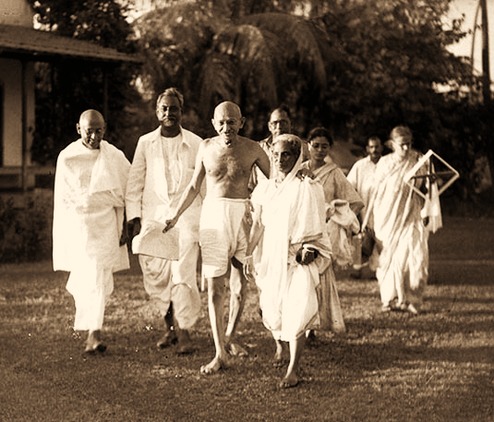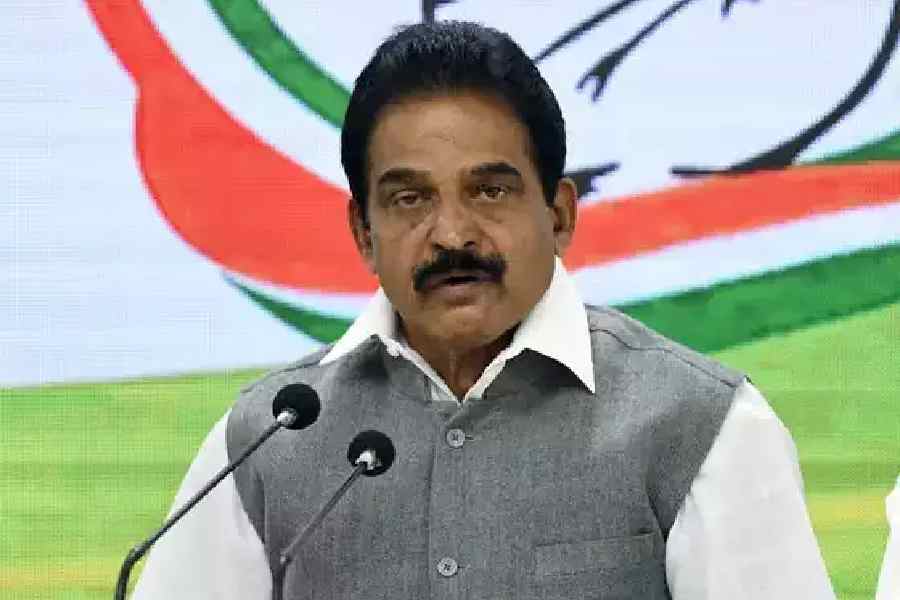
GANDHI AGAINST CASTE By Nishikant Kolge, Oxford, Rs 695
"I am the author of a Congress resolution for propagation of Khadi, establishment of Hindu-Muslim unity, and removal of untouchability, the three pillars of swaraj. But I have never placed establishment of varnashrama dharma as the fourth pillar. You cannot, therefore, accuse me of placing a wrong emphasis on varnashrama dharma." - M.K. Gandhi
There can hardly be any such issue involving Mahatma Gandhi's life and mission that causes so much controversy as does his position on the caste system in India. The central figure in modern India's history, he has been subjected to intense and, often, ruthless criticism for his views on caste, both during his lifetime and after. Was Gandhi, a ' sanatani Hindu' by his own submission, truly a crusader against the caste system? Was Gandhi a master strategist in his fight against untouchability? Did Gandhi overlook the question of the real political-social emancipation of Dalits? Gandhi Against Caste by Nishikant Kolge is a fascinating research work on this subject of long-standing controversy. And it is truly a pleasant and readable discourse on Gandhi from a young scholar.
Gandhi's position on caste, varna, untouchability and so on has been subjected to rigorous scrutiny by scholars, journalists, social activists and others. Their interpretations can be divided into a few categories. First, there are many who hold that Gandhi was a firm believer in the caste system and saw caste as a natural way of organizing Hindu society. Second, some analysts feel that Gandhi's position on the caste question has evolved constantly through the passage of time and he eventually emerged as the most formidable crusader against untouchability. Third, some scholars also believe that there was an inherent tactic or strategy in Gandhi's overall outlook towards and defence of the caste system. Accordingly, Gandhi was always in search of an effective strategy that would help society come to terms gradually with social reforms, including that of the caste system.
Kolge's study is thorough, objective and logical, as Rajmohan Gandhi points out in his foreword to the book. After making a brief but critical survey of the existing literature, Kolge introduces a refreshing and rational approach that might help in overcoming the controversy surrounding Gandhi. He has adopted a meticulous chronological reading of Gandhi's speeches and writings spanning a period of around 30 years (1915-48) and has also taken into account Gandhi's actions and practices relating to caste. In this respect, an account of life in the various ashrams of Gandhi in South Africa and India is particularly important and interesting.
Kolge's argument has some major points. First, he asserts that Gandhi's views on the caste system were never fixed; rather, they evolved constantly throughout his life. Kolge concedes that it is not very difficult to point out some apparently contradictory statements and ideas in Gandhi with respect to caste norms and practices. However, if one considers the major shifts in his views and the overall strategy he pursued in his movements, such inconsistencies might not appear too significant.
Then, at the very individual or personal level, Gandhi always showed remarkable continuity in denying vulgar caste restrictions and practices, particularly relating to untouchability. Kolge cites many examples. One such is about Gandhi's tougher attitude towards Kasturba Gandhi whereby she was asked to leave the ashram in Ahmedabad when she failed to share common living with those considered untouchable.
Again, Gandhi's struggle for social reform was integrally connected with and inseparable from his larger mission of fighting colonialism in India. Many of Gandhi's decisions regarding caste- and community-related questions, such as inter-dining or inter-caste marriage, were shaped by the larger question of Indian politics. Gandhi did not allow his son, Manilal, to marry a Muslim girl, apprehending a possible negative outcome of such an affair on the volatile Hindu-Muslim question in the India of the time. Later, Manilal married Sushila behn, who belonged to a different sub-caste of his varna. However, 1930 onwards, Gandhi became increasingly concerned about national unity and openly encouraged inter-caste marriage and inspired the Harijan Sevak Sangha towards the fulfilment of that goal.
Kolge rejects the Dalit critique that posits the Mahatma as the defender of varna vyavastha. According to that, at some point in his career, Gandhi praised the varna or caste system as beneficial to Indian society. But, with the passage of time, he evolved and came to cherish an almost radically opposite view. Kolge quotes from Gandhi: "... the caste system as it exists today in Hinduism is an anachronism... It must go if both Hinduism and India are to live and grow from day to day."
The author, however, agrees that Gandhi failed to relate the overall socio-economic plight of Dalits to the basic unequal structure of Hindu society. Gandhi, perhaps, could not fully realize that the ugliest pitfalls of the caste system resulted in their unbearable condition. And that a mere change of heart and outlook among the dominant upper castes would not help in resolving the problem.
Kolge also observes that it is erroneous to equate Gandhi's position on modernity with his position on caste and varna. There are many who believe that Gandhi's criticisms about modern civilization were essentially conditioned by his love and preference for the traditional way of life as under varnashrama dharma. Kolge claims that Gandhi's rejection of modern civilization was never total and nowhere did he claim that the ideal social order is approximated by the varna vyavastha.
On a balance, Kolge's work is not only interesting and path-breaking but also convincing. There are five major chapters in the book, designed according to the chronological reading of Gandhi's writings and accounts of his major activities all relating to the caste question. Besides, the book also contains an interesting chapter entitled "The politician: A response to Arundhati Roy's 'The Doctor and the Saint'''. Here Kolge argues why it is of the utmost necessity to judge Gandhi's life and works within the historical context, considering him not as a saint but as a politician and a fallible human being.











